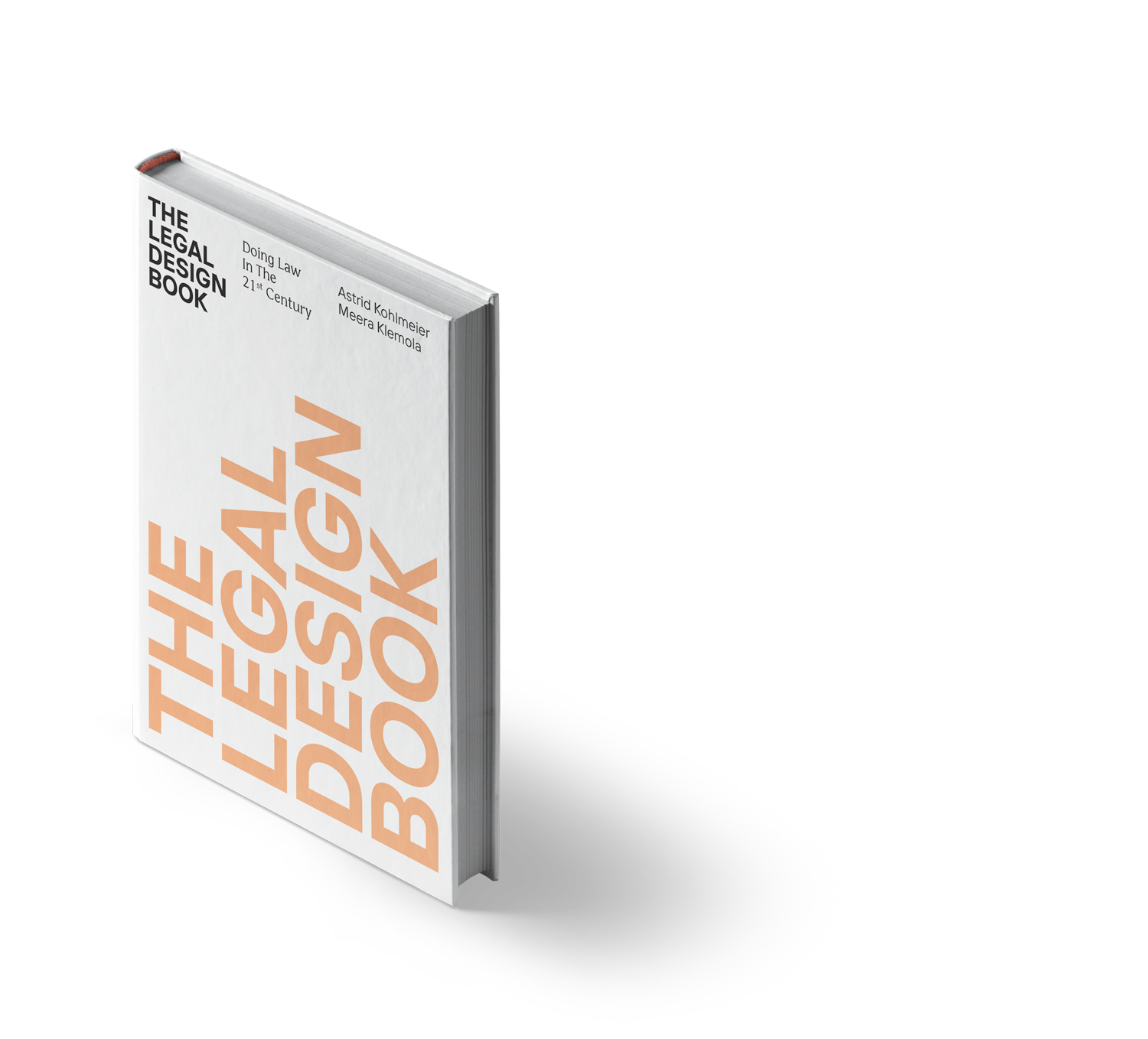Defer Judgment
Defer Judgment

Defer judgement – of ourselves and of others.
A critical thinker with a discerning eye for mistakes – sound familiar? Yes, legal professionals are the masters of sifting through copious amounts of facts and quickly identifying the challenges, barriers and mistakes. It is skills like these that make lawyers proficient in their roles. However, it is this very same skill – the critical eye – that may limit the exploration of broader horizons and new ideas. Why? Because the default action of this mental model is to mitigate risk. Laywers tend to rationalize the pitfalls of an idea to reduce risk. Because of this tendency, we find that many ideas in legal ecosystems are often discarded before they even have the chance to incubate and flourish.
Classical legal environments do not foster creativity
The majority of lawyers work in traditional legal environments. In these traditional settings, you typically find a certain fear of failure that is firmly anchored in their occupants’ DNA. This is coupled with the ideology of mitigating risk and avoiding it wherever possible. A key reason for risk adversity stems from the conditioning found in legal education and training in universities. Legal solutions are supposed to be perfect and consistent with the respective laws – and indeed, it is for such precision that lawyers are paid. Imprecise solutions come at a great cost, with severe consequences such as individual or firm liability. To avoid liability, lawyers aim to create watertight solutions. This is necessary in order (in the best case) to ensure legal certainty. Again, it is what lawyers are paid to do.
Coming from such a background, it is understandable why lawyers generally fear imperfect solutions. The idea of embracing failure as a learning tool is therefore quite an uncomfortable concept in legal ecosystems. It is important to reduce your judgement of yourself and others in order to understand what legal design – as a trial and error method – means for lawyers.
In addition, it is particularly difficult to share your creative self in a setting where you know that your idea will fall under heavy scrutiny. As a consequence, many legal ecosystems tend to become places in which ideas are not shared for fear of judgement. Legal design requires us to move away from this culture of justification and judgement and instead let thoughts, suggestions and recommendations for solutions flow freely at the outset. In order to do this, it is essential to defer judgement – not just of others, but also of yourself.
Please note:
If you are using our text or parts of it in any way, you must mention The Legal Design Book and us, the authors, Meera Klemola and Astrid Kohlmeier as your source of information.
A new perspective on the legal profession
The Legal Design Book is the go-to guide for practitioners seeking to understand the topic and apply legal design in their daily work. We cover what legal design is, why it’s important and how you can apply it in practice.
